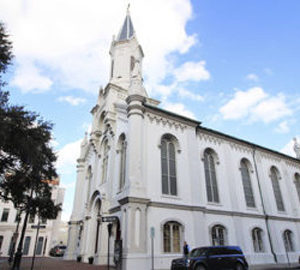Georgia’s First City has more than a few dark stories tucked in her storied past—secrets held onto by tour guides who venture out in the evenings.
They share the treacherous tales of torture, terminal epidemics and who’s haunting Savannah. We may hear rumors of haunts and see snapshots of spirits, but who are these ghosts that put Savannah in the headlines as one of “America’s Most Haunted Cities”?
Soldiers
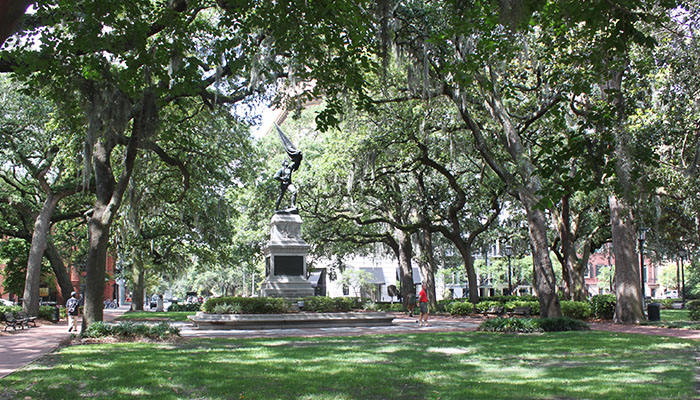
In a place both the Revolutionary War and Civil War visited, the numerous narratives from soldiers, sergeants and generals and should come as no surprise. Built-upon battlegrounds and forgotten graves saturate the city, so the stories of those who fought continue to linger and, perhaps, their spirits do too.
Take a stroll across Lafayette Square and you just might see a Confederate soldier smoking a cigar on the roof of the Hamilton-Turner Inn, or stay at the Eliza Thompson House, where frequent reports of Confederate soldiers surface. If not there, then Madison Square could bring a few surprises, as it is where the Battle of Savannah took place during the Revolutionary War. Some even say there’s a mass grave beneath the surface.
Victims
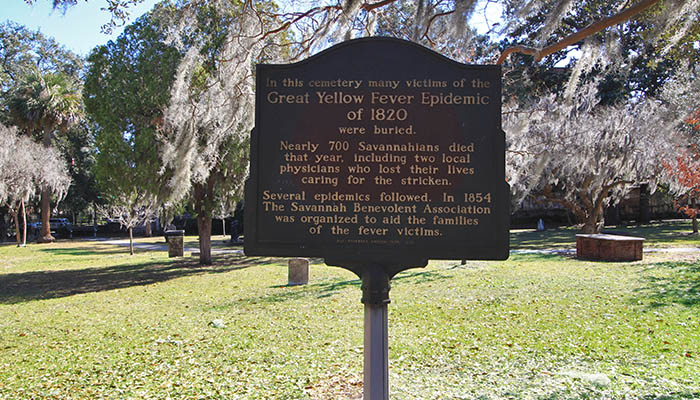
With as many graves underground as there is moss on trees, there’s not just one culprit. When the Yellow Fever hit Savannah in 1820 and 1876, more than 1,700 people fell victim to this epidemic. In Colonial Park Cemetery there is more than triple the number of people buried as tombstones. Many of those without a stone were those who succumbed during these outbreaks.
This cemetery is far from the last place victims have been found, victims of a much more terrible kind. Most are aware of the 1981 murder of Jim Williams’ assistant, Danny Hansford, from “Midnight in the Garden of Good and Evil.” People often frequent what was his home, the Mercer House, on Monterey Square. But, many are unaware of the sinister stories just blocks away at the Gribble House.
Over at 401 W. Perry St., a triple murder shocked Savannah in 1909. Before her demise, the third victim was able to make the statement that her husband was the murderer. While he was convicted in August of 1910 and sentenced to death, Governor Clifford Walker granted him a pardon. At this time, he was able to return to Savannah. It’s no wonder there’s been a lot of noise and sightings at the home where this terrifying testimony originates.
Children
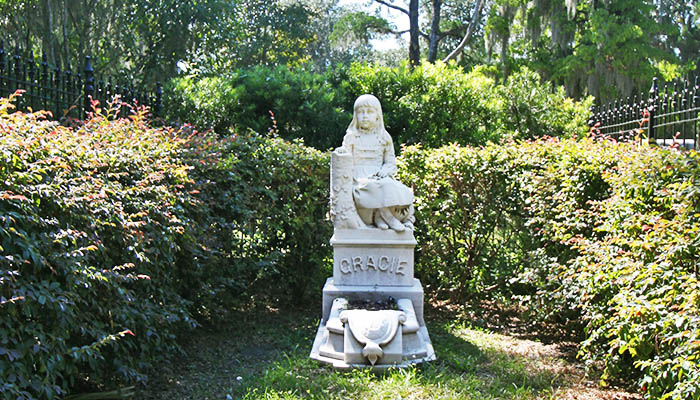
Outside of Downtown Savannah sits the grave of Little Gracie Watson, treacherous tales of torture, terminal epidemics and who’s haunting Savannah. She came to Savannah with her parents and died two days before Easter in 1889, at six years old. She was buried and memorialized in a sculpture by John Walz in Bonaventure Cemetery, but her parents moved back to their home in New England, leaving Little Gracie behind. Still today, people leave toys on her grave and say they’ve heard her or seen a girl prancing around.
Back in the Historic District, other accounts from visitors and staff abound at haunted hotels and inns around town. The Hamilton-Turner Inn on Lafayette Square, Kehoe House on Columbia Square and Marshall House on Broughton Street are rumored have their own young guest playing around in the halls and rooms. Legends say that the children of Doctor Francis Turner still linger, laughing and bouncing billiard balls around at Hamilton-Turner Inn, after one supposedly fell down the stairs chasing a billiards ball and passed away.
Slaves
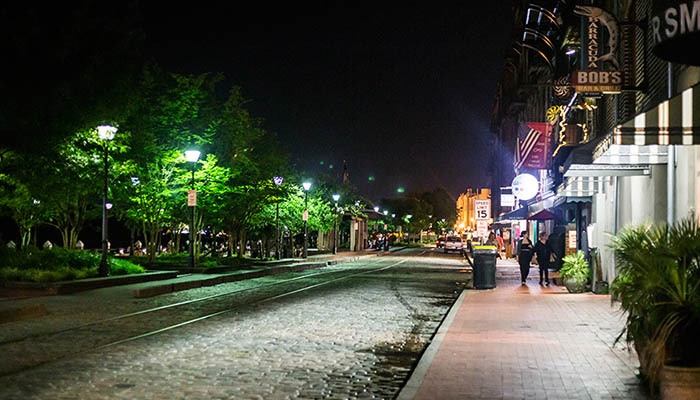
Being a port city, hundreds of slaves passed through Savannah until the Civil War. With waterfront warehouses lining River Street, Georgia’s First City relied heavily slave labor, especially the cotton industry, which thrived inside the buildings off Bay Street. Today, some say they can still hear strange sounds, such as the clanking of chains, when inside the Shrimp Factory. Could this be an echo of the atrocious accounts or just some story sifting around town, when it’s really just kitchen clamor? Maybe you’ll have to venture out and discover for yourself treacherous tales of torture, terminal epidemics and who’s haunting Savannah.
